Building Resilience and Climate Equity (BRACE)
What is BRACE?
The Building Resilience and Climate Equity (BRACE) framework is designed to support public health action to protect and promote human health in the context of climate change. Developed by the Centers for Disease Control and Prevention’s (CDC) Climate and Health Program (CHP), BRACE helps health departments at all jurisdictional levels collaborate with communities to assess climate and health threats, develop effective strategies, and act to promote health and climate resilience.
The BRACE Revision
The original BRACE framework, Building Resilience Against Climate Effects, was developed by CHP in 2011. In 2022, CHP initiated a revision of the framework and funded the Prevention Research Center at the University of Massachusetts Chan Medical School and a team of partners to lead this effort. The revision aimed to incorporate lessons learned from health departments implementing the initial version of the framework, scientific advances, and input from a panel of experts and interest holders. Following an extensive, systematic approach, described here, the BRACE framework revision was completed in 2024.
As with the original BRACE, CDC encourages users to adapt the framework to fit their needs and circumstances. For example, the Swinomish Indian Tribal Community tailored the original BRACE framework to create I-BRACE, incorporating Indigenous concepts of health and a model of Indigenous values-based data collection, analysis, and decision making. The model recognizes that each Indigenous community's values may be different as I-BRACE ensures that a community's unique values set the stage for the BRACE process and are centered as an asset.
BRACE Framework: Six Key Elements
The Building Resilience and Climate Equity (BRACE) framework is comprised of six key elements that guide public health officials and community partners through a collaborative process to improve health and wellbeing through climate action.
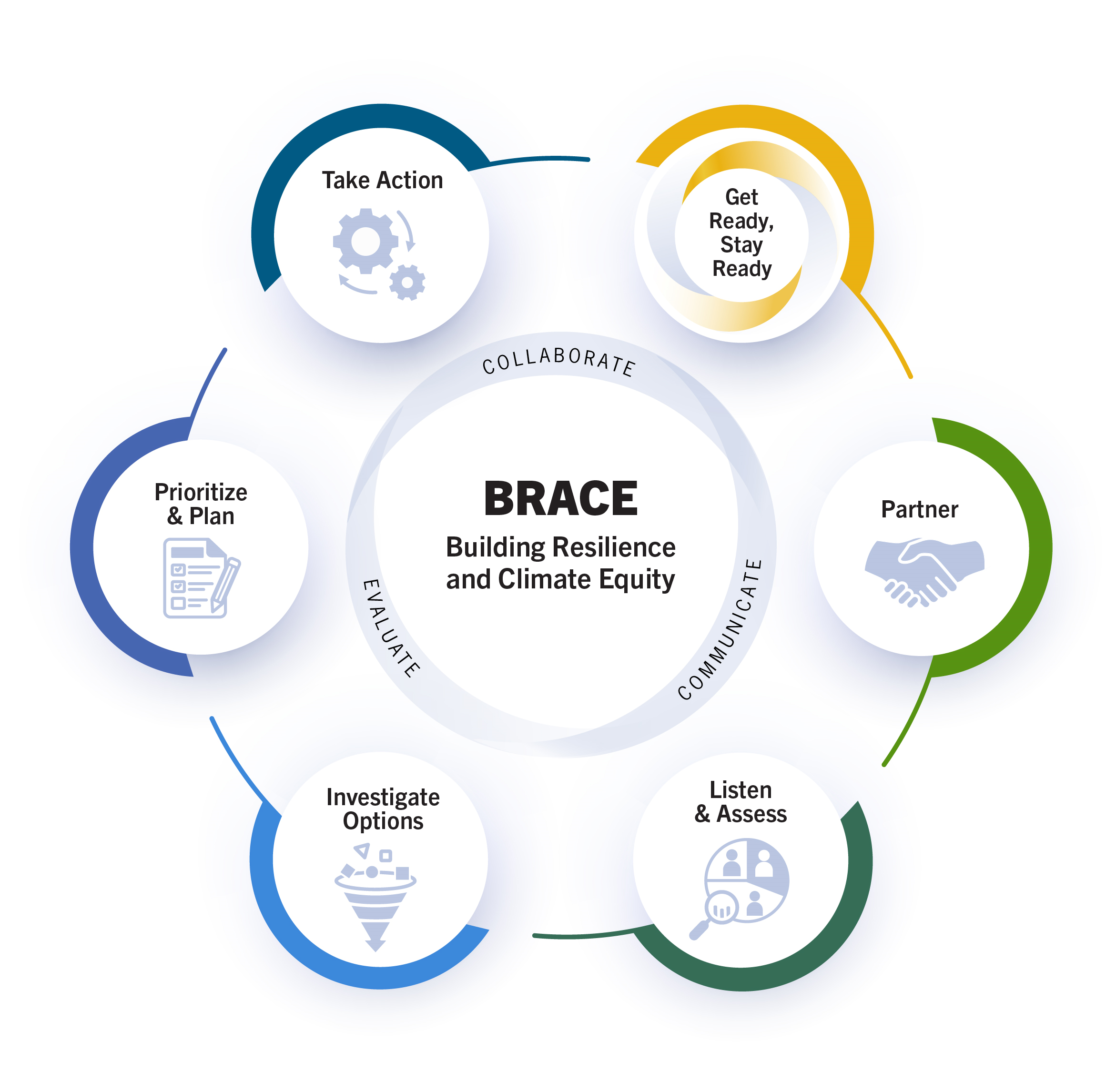
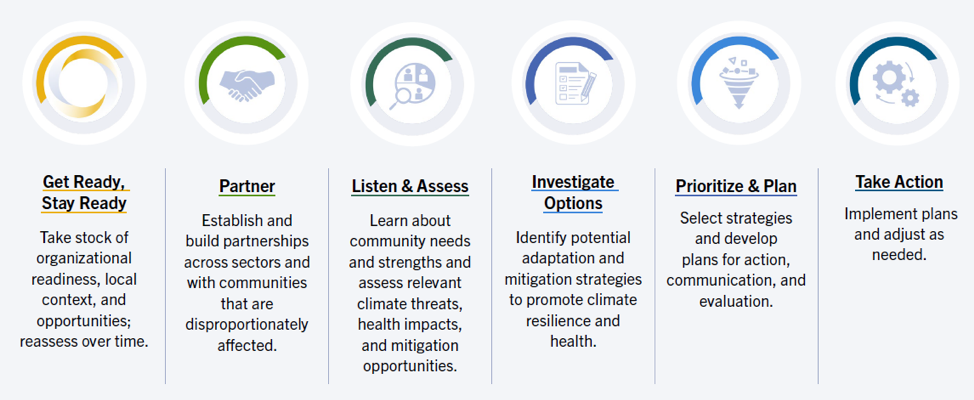
The Six Elements of BRACE
BRACE Implementation Guide
The BRACE Implementation Guide provides practical, flexible, and action-oriented approaches to accommodate a range of contexts and capacities. While BRACE primarily supports the activities of state, Tribal, local, and territorial (STLT) health departments, community-based organizations, and partners from other sectors may also find the Guide useful.
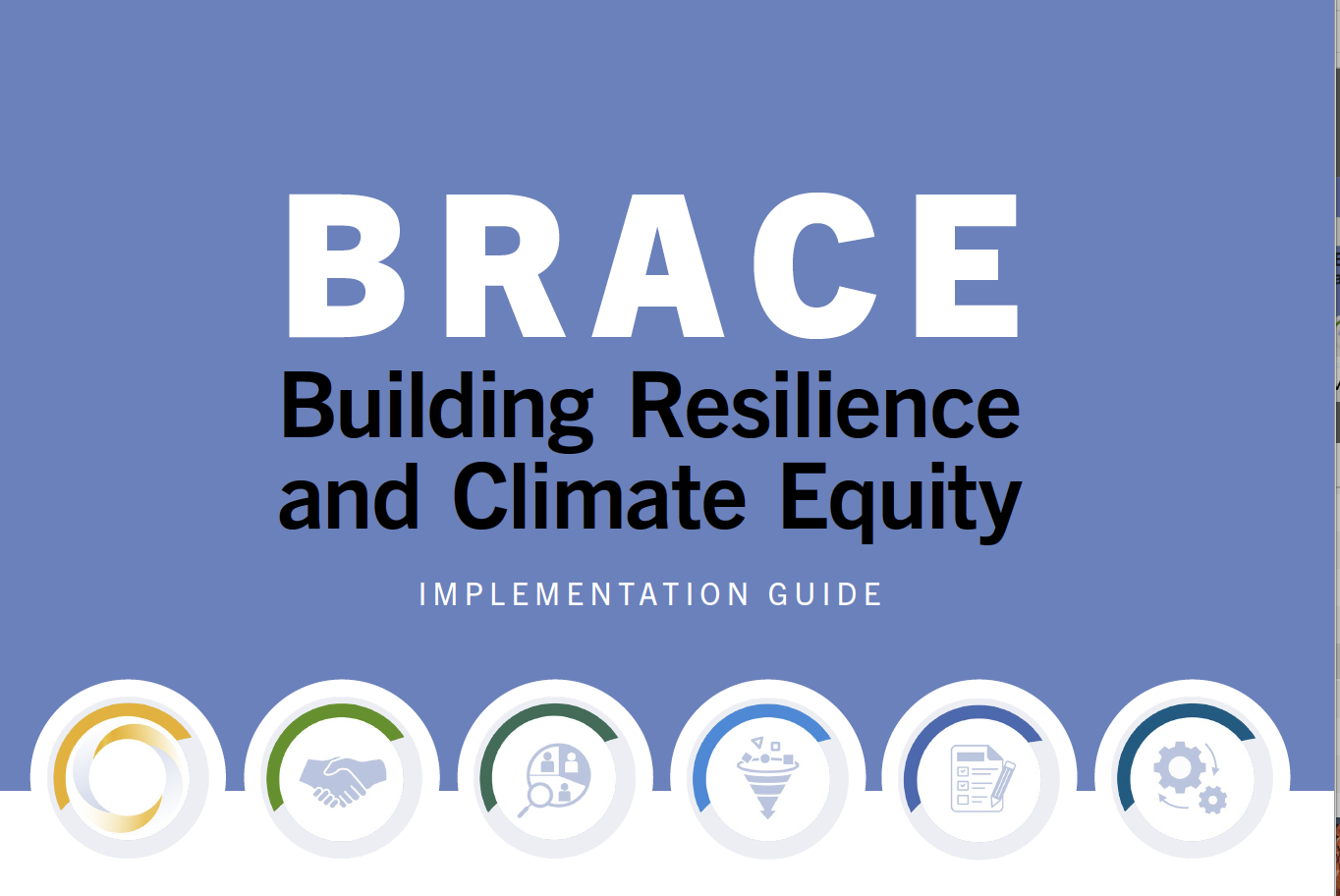
Click the image above to open the implementation guide.
Implementation Guide Worksheets and Resources
Click each link to open the corresponding worksheet or resource.


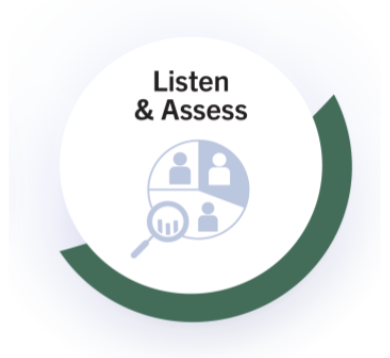



|
Chapter 6. Take Action
Implement plans and adjust as needed.
No worksheets or resources
|
Three Cross-Cutting Activities
Throughout BRACE, users should prioritize three essential cross-cutting activities:
- Collaborate: Work together with a wide range of partners to identify goals, co-design approaches and actions, and achieve common aims of community-driven public health climate action.
- Communicate: Routinely share progress, strategies, successes, and challenges with partners and constituents. Also communicate about climate and health with interest holders, including the public.
- Evaluate: Encourage reflection, systematically assess effectiveness of efforts, identify successes and opportunities for improvement, distill lessons, and incorporate best practices and improvements into ongoing and new efforts.
BRACE Key Principles
Ten key principles inform BRACE and are intended to guide public health climate action. Practitioners are invited to use these principles as the foundation of their own efforts. Alternatively, these principles can serve as a starting place for BRACE teams that may want to develop new key principles to guide their efforts.
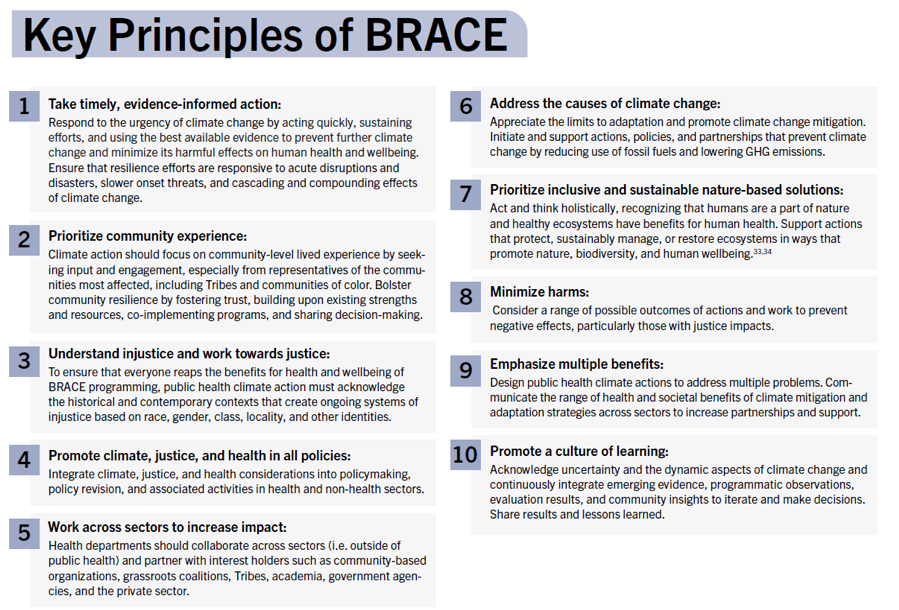
Key Principles of BRACE
Related Resources










